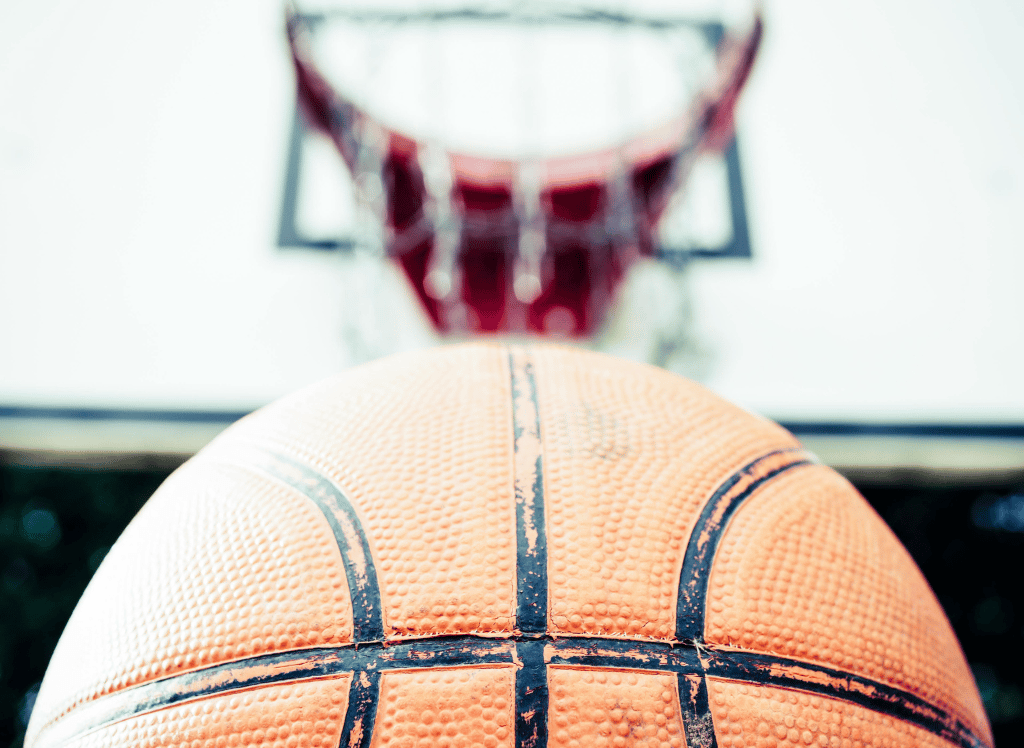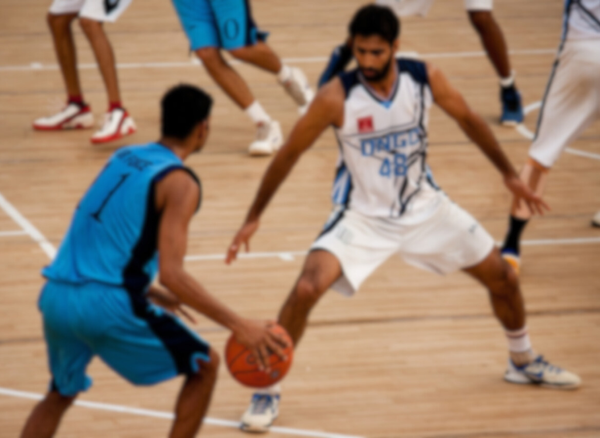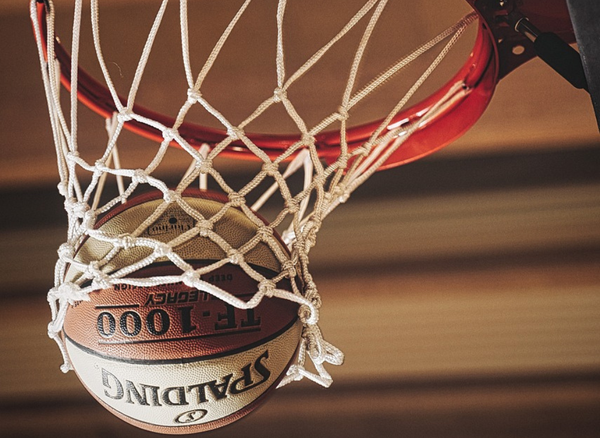Basketball is a game of speed, skill, and sometimes, a bit of unintentional comedy. Among the many rules that govern this fast-paced sport, there's one that often leaves fans scratching their heads or chuckling under their breath: the kicked ball violation. Let's bounce right into this peculiar rule and kick off some knowledge!
What is a Kicked Ball Violation in Basketball?
Imagine you're watching a game, and suddenly, amidst a flurry of passes, the ball ricochets off a player's foot and the whistle blows. That, my friends, is the essence of a kicked ball violation. But it's not just any contact between foot and ball that triggers this call.
If the ball accidentally striking a foot or leg, it's all fair play – no harm, no foul.
This rule is in place to prevent players from using their feet to gain an advantage, which, let's face it, would make basketball a whole different ball game. Imagine players punting passes out of the air or dribbling with their toes – it'd be chaos! So when a defensive player's foot touches the ball, and it's deemed intentional, the whistle blows, and the offensive team retains possession. The game then resumes from the sideline nearest the spot of the violation, no nearer the baseline than the free throw line extended.
The Aftermath of the Whistle
What happens after a kicked ball is called? Unlike when a player commits a personal or technical foul, no free throws are awarded. Instead, the shot clock is reset to 14 seconds if the offense had less than that remaining, giving them another fair shot at the basket. The offensive team then inbounds the ball from the original throw in spot, maintaining team control and plotting their next move.
It's a bit like getting a do-over. This can be a blessing or a curse, depending on how you look at it. On one hand, the offense gets the ball back without losing possession. On the other, the defense gets a chance to reset and potentially tighten their grip. It's a quick pivot from potential disaster to opportunity, much like a player control foul that turns the tide of the game.
The Referee's Role in Kicking Calls
Referees have the tough job of distinguishing between an intentional act of kicking the ball and an inadvertent foot touch. They keep their eagle eyes on the play, ready to make a call faster than an over and back violation occurs. If a player's foot makes contact with the ball during a pass or dribble, and it seems like an intentional act, the ref's whistle will sing.
But it's not just about whether the foot touches the ball. The ref must also consider the player's movement – was it a natural motion or an obvious attempt to interfere with the ball? This is where the comedy can ensue, as players might perform an accidental jig trying to avoid the ball, only to have it smack right into their foot. It's a dance of chance, where sometimes the music stops with a kicked ball call.
The Impact on Game Flow
Kicked ball violations can have a surprising impact on the flow of a basketball game. They can halt a fast break in its tracks or disrupt an offensive team's rhythm. But they can also provide a moment of respite for a defense that's been on its heels. It's a rule that adds a layer of strategy to the game, as teams must be mindful of their feet as well as their hands.
Consider the scenario where the offense is executing a perfect play, the ball is zipping around, and then – oops! – a defender's leg becomes an unintended roadblock. The offense might groan, but they also get a fresh shot clock and another chance to score. It's a twist of fate that can either deflate or inflate a team's momentum, all thanks to a stray leg.
Kicked Ball Violations: Not Just for Defense
While it's usually the defense that gets caught with their feet in the cookie jar, offensive players aren't immune to the kicked ball rule.
This doesn't happen often, as most players know better than to kick the ball when they're the ones trying to score. But in the heat of the game, with feet flying and the ball bouncing, anything can happen.
An offensive kick results in the opposing team gaining possession, and the ball is inbounded from the sideline. It's a rare sight, but when it does occur, it's a quick switch from offense to defense, with the offending team scrambling to protect their basket from the turnover they just caused.
The Humor in the Rule
Let's face it, there's something inherently funny about a grown adult accidentally kicking a ball during a basketball game. It's a moment that can bring a smirk to even the most stoic head coach's face. Whether it's a player's startled reaction to their own foot's betrayal or the crowd's collective gasp turned giggle, the kick ball violation adds a dash of humor to the seriousness of the game.
It's a reminder that basketball, while a game of immense skill and athleticism, is also a sport where the unexpected can happen. A player might have the grace of a gazelle on the court, but give them a loose ball and a rogue leg, and suddenly they're part of a slapstick routine. It's these moments that make basketball not just a game of points and penalties but also one of endless entertainment.
FAQ Section
Can a kicked ball violation result in free throws?
No, a kicked ball violation does not result in free throws. The offensive team retains possession and the game resumes with an inbound from the sideline.
What happens to the shot clock after a kicked ball violation?
If the shot clock was below 14 seconds at the time of the violation, it is reset to 14 seconds. If it was above 14 seconds, it continues from where it was.
Is it a violation if the ball accidentally hits a player's foot?
No, it's only a violation if the player intentionally kicks or strikes the ball with their leg or foot. Accidental contact is not penalized.
Summary
In the grand scheme of basketball, the kicked ball violation is a quirky rule that ensures the game is played with hands, not feet. It's a call that can change the course of possession, reset the shot clock, and inject a bit of humor into the match. Whether it's a defensive maneuver gone wrong or an offensive misstep, this violation keeps players on their toes – figuratively, not literally. So next time you see a ref blow the whistle for a kicked ball, remember the strategy, the implications, and the chuckles that come with this unique aspect of basketball.









